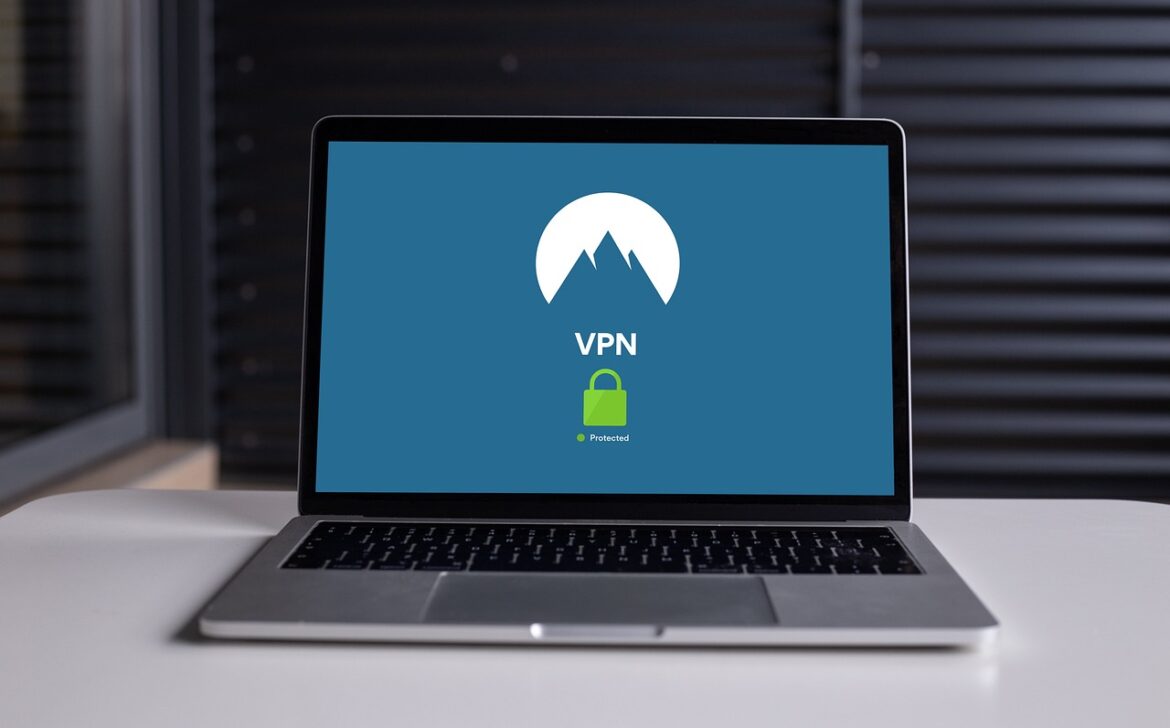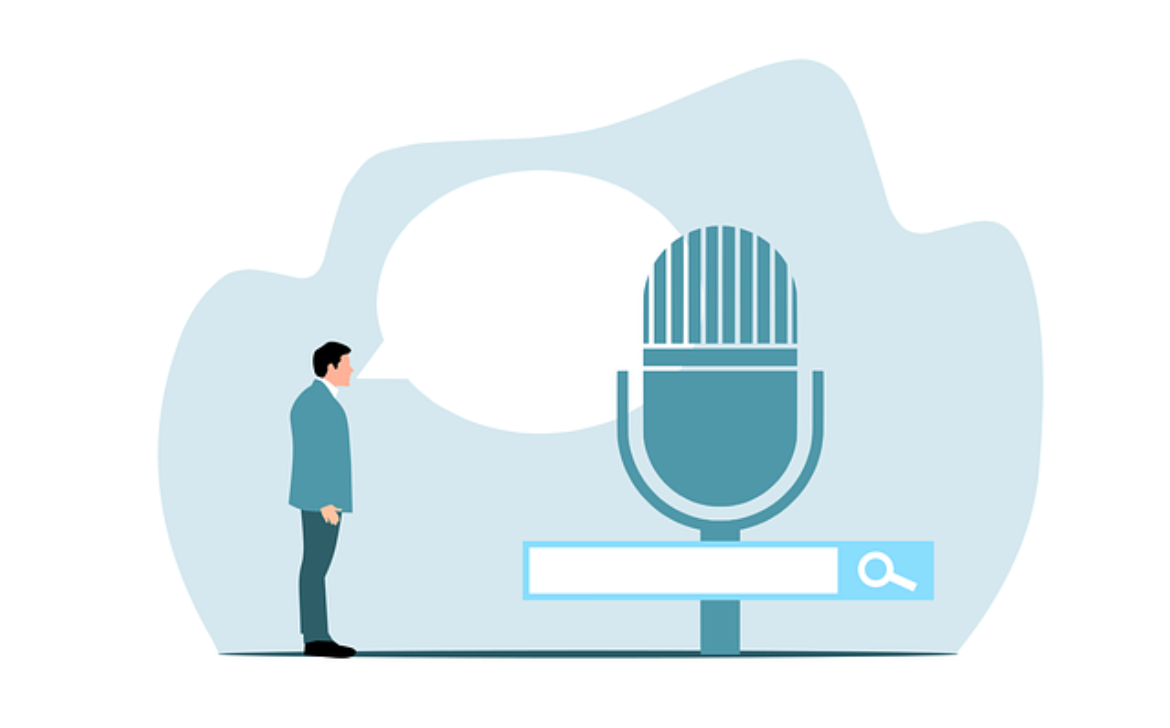Navigating the Digital Marketplace: Unveiling the Dynamics of E-Commerce

In the age of digital transformation, the way we shop has undergone a monumental shift, thanks to the rise of e-commerce. With a few clicks, consumers can explore a vast array of products, compare prices, and have items delivered to their doorstep. In this blog post, we’ll explore the world of e-commerce, its impact on traditional retail, the advantages it offers, and how it’s shaping the way we shop.
Defining E-Commerce: The Online Shopping Revolution
E-commerce, short for electronic commerce, refers to the buying and selling of goods and services over the internet. This digital marketplace eliminates the need for physical stores, enabling consumers to browse, purchase, and even return products from the comfort of their homes.
The Evolution of Retail: From Brick-and-Mortar to Digital Storefronts
E-commerce has reshaped the retail landscape in profound ways. Traditional brick-and-mortar stores have faced formidable competition as consumers increasingly turn to online platforms for their shopping needs. This shift has prompted retailers to adapt, embrace online channels, and provide a seamless omnichannel experience that caters to both online and offline shoppers.
The Advantages of E-Commerce
- Convenience: E-commerce offers unparalleled convenience, allowing consumers to shop at any time, from anywhere. This 24/7 accessibility caters to busy schedules and eliminates the need for travel to physical stores.
- Global Reach: With e-commerce, businesses can transcend geographical boundaries and tap into a global customer base. Small businesses now have the opportunity to reach audiences that were once out of reach.
- Product Variety: E-commerce platforms host an extensive range of products, often more than what can be physically stocked in a store. Consumers can explore diverse options and find niche products.
- Personalization: Online shopping platforms use algorithms to analyze consumer behavior and preferences, providing personalized recommendations and enhancing the shopping experience.
- Cost Savings: For businesses, operating an online store often comes with reduced overhead costs compared to maintaining a physical storefront.
Navigating the Digital Marketplace: E-Commerce Models
- Business-to-Consumer (B2C): This is the most common model, where businesses sell products directly to consumers. Online marketplaces, brand websites, and online retailers are examples of B2C e-commerce.
- Consumer-to-Consumer (C2C): Platforms like eBay and Craigslist enable individuals to sell products directly to other individuals.
- Business-to-Business (B2B): E-commerce isn’t limited to consumer transactions. B2B e-commerce involves businesses selling products or services to other businesses.
- Consumer-to-Business (C2B): In this model, individuals offer products or services to businesses. Freelance platforms and influencer collaborations are examples of C2B e-commerce.
Challenges and Solutions
While e-commerce offers numerous benefits, it’s not without its challenges:
- Security Concerns: Online transactions raise concerns about data security and privacy. Encryption technologies and secure payment gateways are implemented to safeguard sensitive information.
- Logistics and Fulfillment: Efficient order processing, shipping, and returns management are crucial for a positive consumer experience. E-commerce companies invest in robust logistics solutions to meet customer expectations.
- Competition and Visibility: The digital marketplace is crowded, making it challenging for businesses to stand out. Effective digital marketing strategies, SEO, and social media engagement are vital for visibility.
The Future of E-Commerce: Trends to Watch
- Mobile Shopping: With the proliferation of smartphones, mobile shopping is on the rise. E-commerce platforms are optimizing their user interfaces for mobile devices.
- Augmented Reality (AR) and Virtual Reality (VR): AR and VR technologies are being integrated into e-commerce platforms, enabling consumers to visualize products before making a purchase.
- Sustainable E-Commerce: Environmentally conscious consumers are driving the demand for eco-friendly products and sustainable packaging in the e-commerce sector.
- Voice Commerce: The rise of voice assistants like Alexa and Siri is opening up new avenues for voice-based shopping experiences.





















